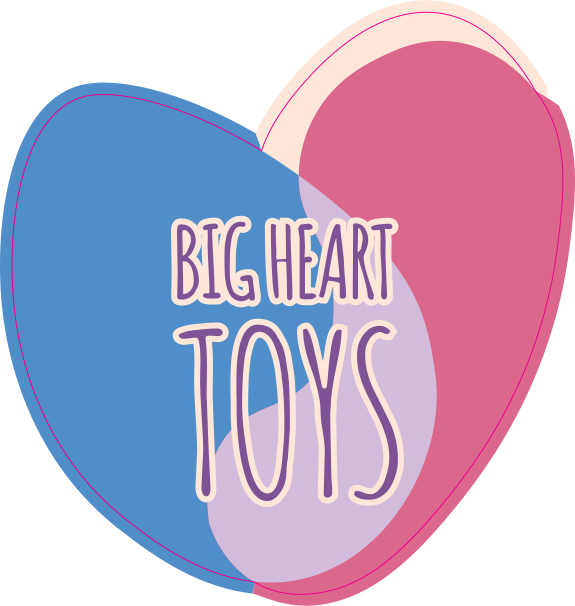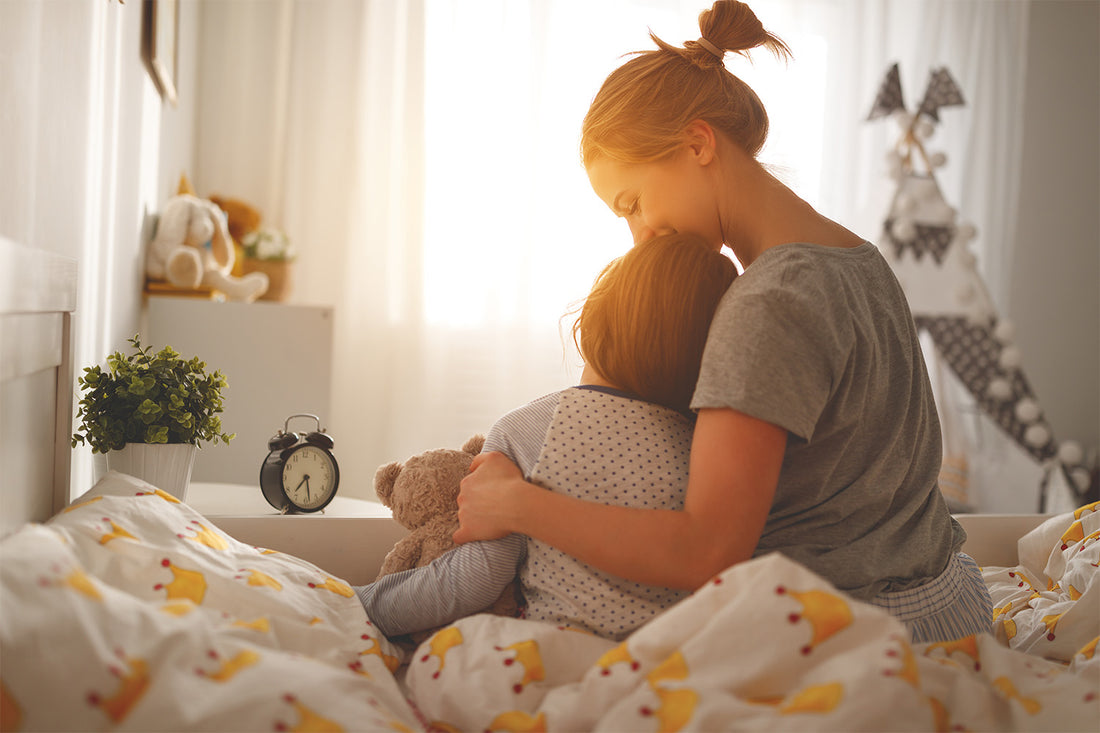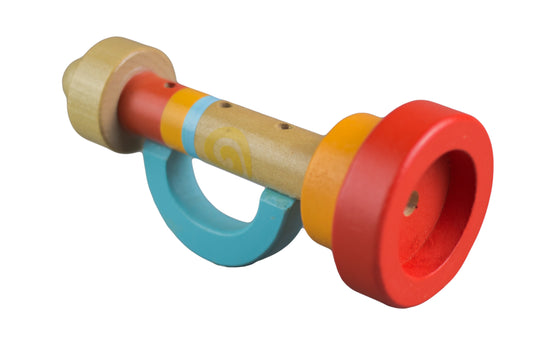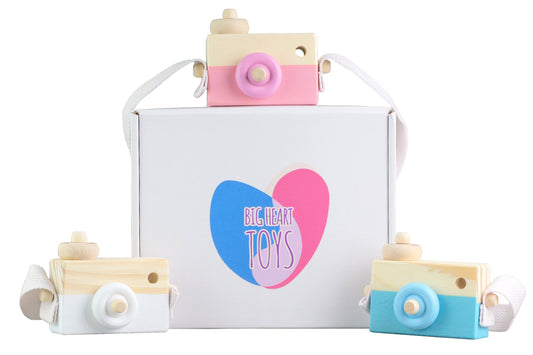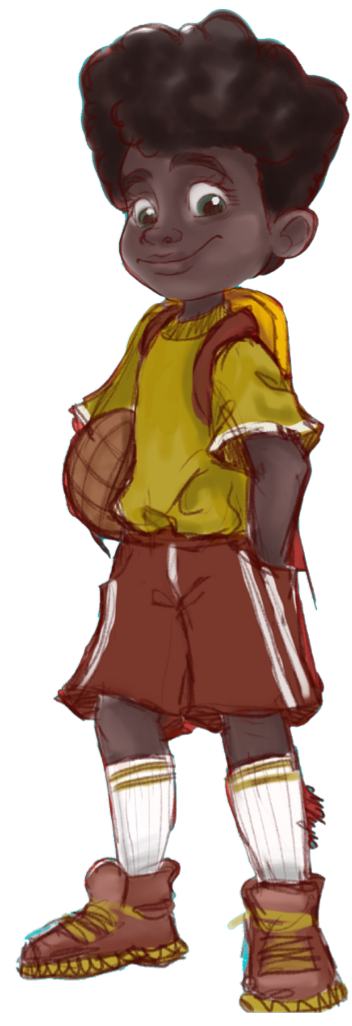As children grow, their general assumptions about the world are developed by their personal experiences and the way they are treated. It is human nature to generalize in this way and seek confirmation by making connections to other situations throughout their life. Once a bias is formed, it can be challenging to challenge it and adjust behaviors accordingly without help.
For example, if adults continually invalidate a child’s feelings, it is simple to find examples of that throughout their life to confirm these feelings. Any time they are ignored or made to feel small, it will reinforce the conclusion that their feelings do not hold value. Even small, mundane occurrences that may not bother someone else will affect them differently because of this belief.
A corrective emotional experience (CEE) is letting an event reverse this feeling of confirmation. If an individual is made aware of their own bias and intentionally strives to reverse it, they can free themselves from their negative perceptions. Rather than seeking out confirmation of this assumption, they can seek disproof as a way to heal.
How Trauma Affects Self-Worth
Many times, feelings about one’s self-worth are affected by traumatic experiences growing up. Trauma can often make a child feel at fault, guilty, or as if they are a burden to those around them. This can be any kind of trauma, including the loss of a family member or loved one, abuse, or experiences of feeling unsafe.
When a child grows up feeling at fault for their trauma, they draw conclusions about who they are as a person and their inherent value. These feelings, when not dealt with head-on, are carried with them through adulthood in generalizations.
Children who have been routinely neglected may assume they don’t deserve any special attention. Things such as being overlooked in class (or at work as an adult) may reconfirm the feeling that they are undeserving of attention. As a result, they may lack confidence and motivation or feel that there’s no point in trying.
Consider a child being bullied in school. If the bullying is continued without correction, it may make the child feel small and weak. This feeling may follow them to adulthood, and although untrue, they will view themselves as small and weak. This could possibly negatively affect their mental health.
Shifting Perspectives
To change this pattern of thinking, an intentional shift must be made. First, this assumption has to be pointed out and acknowledged. Then, the person must decide to change their way of thinking, which is a very difficult step to take. Only then can they move forward in looking for ways to reverse their outlook.
This can be quite a feat, which is why no one has to go about it alone. Different types of therapy can help treat childhood distress and mental illness.
Use of CEE in Therapy
While it is possible to have corrective emotional experiences outside of therapy, it is a commonly used deliberate practice in psychotherapy. Therapists often consider this a principle of contrast.
Franz Alexander introduced this concept in the 1940s, essentially saying that the best way to overcome trauma is to undergo a positive experience to correct the assumption made about one’s self. Corrective emotional experiences moved to replace analysis, the leading theory at the time, altering the professional mental health world permanently.
How Does CEE Work?
Therapists recognize a patient’s negative feelings toward themselves and try to identify factors that they use to confirm this bias. They then strive to provide a contrast to these events, offering positive experiences to connect to this feeling.
This is a way to form a new association with their former belief in their mind. When the patients are purposefully seeking out positive connections to relate to their feelings, they can often find these just as frequently.
Surprisingly, it is uncommon for this to be a slow, steady process. Instead, it’s more frequently shown to occur all at once. While all corrective emotional experiences don’t succeed immediately, patients report that all it takes is one effective experience, even after all these failures, to help turn their perspective around.
Therapists use this process to help individuals build new relationships and connections between presumptions they have lived by due to childhood trauma. This is a method of healing.
Improving Childhood Mental Health Practices
Corrective emotional experiences are better the earlier they occur. If you notice your child struggling with stressful situations, trauma-related aftermath, or bullying, a CEE may help reverse their negative perceptions of self or society.
We can help our children correct how they think about things if we are first aware and intentional. To reset these presumptions, we can provide positive experiences for our children.
Of course, we can rely on the help of a licensed therapist if that is an option, but this isn’t always available to all families. Other resources, like school guidance counselors or community programs, may be overwhelmed or underfunded to offer the care our families need.
How can we provide a corrective emotional experience for our children on our own?
If your child has endured something that is lowering their self-esteem, look for ways to make connections through a range of diverse situations. Look for any event, big or small, to disprove the assumptions your child has made about themselves.
This disproof should be verbalized and frequent. Remember, oftentimes, intentional CEE fails time and time again. Don’t give up!
The concept of reparative relationships often is focused on therapists as guiding influences, but family members and friends can help rebuild what a child might be missing. For instance, if a child struggles to make friends at school, a neighbor or cousin may help fill that void. If a child isn’t supported by their teachers, a sports coach or art teacher can help build their confidence by encouraging them.
Staying committed and motivated to provide these experiences for your child can help reverse the assumptions they have made before they follow them into adulthood.
The Challenges of CEE
Corrective emotional experiences are not always simple or easy. Typically, these biases work as one’s defenses. They use them to put up walls and protect themselves from future hurt by deflecting. When their conclusions about themselves are used as a defense mechanism, it may be hard to reverse.
As mentioned, the person who underwent challenging times will need to be aware and willing to improve their mindset for a corrective emotional experience to be most powerful.
Some children might not be willing to be out in the open with their biggest fears. It’s not always easy to spot someone’s weaknesses or insecurities. Healing requires vulnerability and a level of acceptance.
In therapeutic situations, practitioners may face some pushback at first; clients might feel uncomfortable with new sensations of kindness and compassion. Different scenarios like this can feel unnerving if they feel totally new.
Once patients are willing to change their outlook, the therapy can find a foothold and hopefully begin to bring about some positive changes.
Examples of a Corrective Emotional Experience
Imagine a child has encountered bullying for years from a talented athlete and thus feels as if they have no talent themselves. This lowers self-esteem and raises feelings of self-worth.In this instance, a corrective emotional experience may be this child excelling in an athletic activity or hobby, getting positive recognition, and realizing that they may be talented after all.
If someone watches their parents go through a complicated divorce, they might grow up believing that they were at fault for this happening. In turn, they feel that they will fail at relationships and have no chance at a happy marriage.Experiencing or witnessing a healthy, successful relationship may change these feelings and spark hope they once had lost if they are looking for this new perspective.
If a child feels neglected and ignored growing up and continues to feel that way at work as an adult, they could be inclined to see similar patterns elsewhere in their lives.
If they seek a corrective emotional experience, positive recognition at work may show them that they do offer value to their profession.
Helping Each Other: Big and Small
Corrective emotional experiences are different and unique to every individual, but they can sometimes even be subtle, almost imperceivable. However, the impact it can have on the individual experiencing it is significant.
Oftentimes, people are a part of someone else’s corrective emotional experience without cognizantly recognizing it. Have you ever had a friend tell you that something you said really stuck with them through life, and you don’t remember what it is you told them?
These seemingly-minor occurrences can be truly impactful to those who need them.
Summary
Negative experiences can sometimes stick with us and impact our lives. These could cause us to build walls, make assumptions, and live with doubts. Perhaps then we make generalizations and live by them as if they are fact.
A corrective emotional experience is one moment in time that can turn this around. Making a positive connection to the unpleasant thoughts that change our minds about something we have always believed to be true can be part of the healing process.
According to a ground-breaking study at Harvard University, children can form life-bolstering resilience with only one constant adult or caregiver in their lives. Positive interpersonal relationships help us cope with difficult situations and try again when we fail at first.
Corrective emotional experiences are not always easy to create, but they work best when sought out intentionally by the one desiring to change their point of view. Parents can help create corrective emotional experiences to rebuild their child’s feeling of self-worth and confidence.
Sources:
Corrective Emotional Experience Is the Key to Therapeutic Effectiveness | Psychotherapy.net
Corrective Emotional Experience | American Psychological Association
Franz Alexander, 1891–1964 | American Journal of Psychiatry
The corrective emotional experience: A relational perspective and critique | ResearchGate
Therapy for kids: Types, techniques, where to find it, and more | Medical News Today
Resilience | Center for the Developing Child | Harvard University
